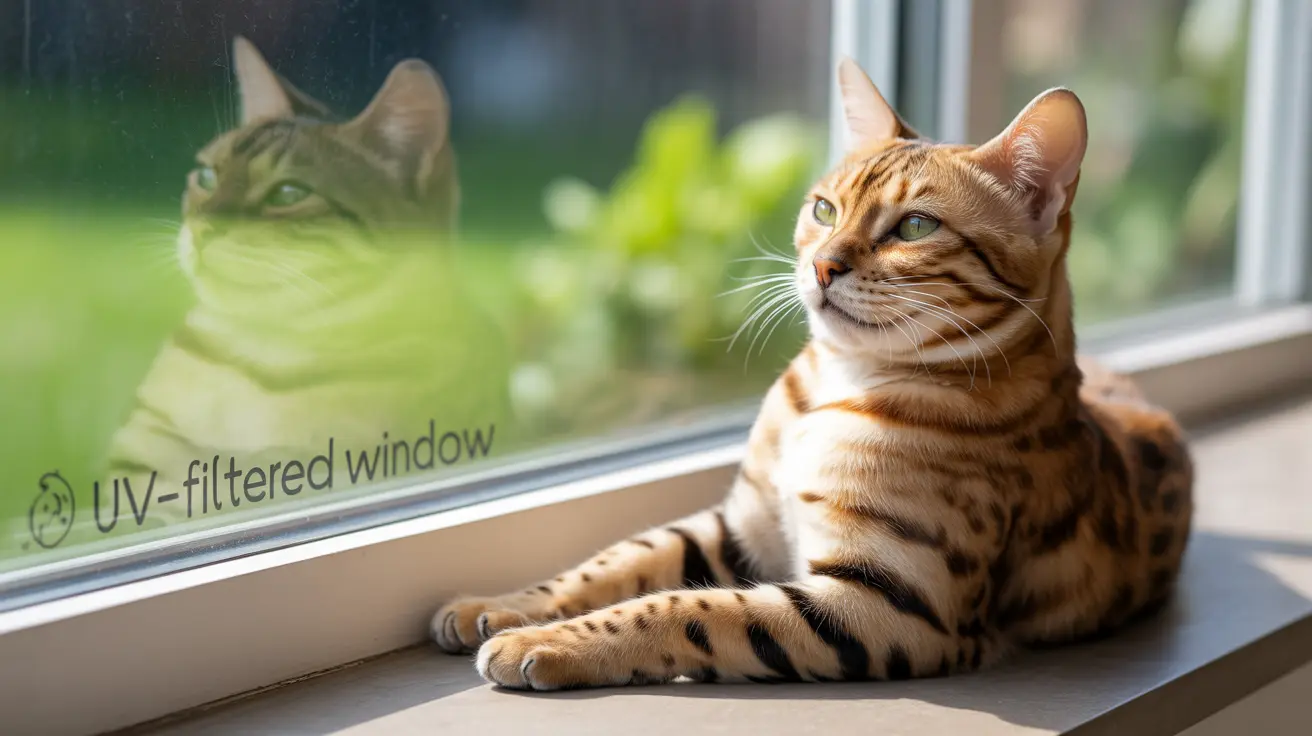Many cat owners have noticed their furry friends gravitating toward sunny windowsills and patches of sunlight streaming into their homes. This natural behavior often raises questions about whether cats need sunlight for their health and well-being. Let's explore the fascinating relationship between cats and sunlight, separating myth from fact to understand what your feline friend really needs.
While humans require sunlight for vitamin D production, cats have evolved differently. Their relationship with sunlight is more complex and, surprisingly, less essential for their physical health than many pet owners might think. Understanding these differences is crucial for providing optimal care for your feline companion.
The Vitamin D Mystery: Why Cats Don't Need Sunlight Like Humans
Unlike humans, cats cannot synthesize vitamin D through sun exposure. Their bodies are designed differently, with a specific enzyme that actually prevents vitamin D production in their skin. Instead, cats must obtain all their vitamin D through their diet, specifically from animal-based food sources.
Commercial cat foods are specially formulated to provide the necessary vitamin D levels, ensuring your indoor cat won't become deficient, regardless of sun exposure. This evolutionary adaptation reflects cats' nature as obligate carnivores, getting their essential nutrients from prey rather than environmental sources.
Why Cats Love Sunbathing: Beyond Vitamin D
Despite not needing sunlight for vitamin D production, cats are instinctively drawn to sunny spots for several important reasons:
- Temperature regulation and comfort
- Mood enhancement through serotonin production
- Natural pain relief for muscle aches
- Maintenance of healthy sleep-wake cycles
The Comfort Factor
Cats typically maintain a body temperature higher than humans, and sunbathing helps them maintain this temperature efficiently. This behavior stems from their desert-dwelling ancestors, who used sunlight as a free source of warmth to conserve energy.
Safety Considerations for Sun-Loving Cats
While sunbathing is generally safe, certain precautions should be taken to protect your cat:
- Provide access to both sunny and shaded areas
- Monitor exposure during peak sun hours
- Ensure fresh water is always available
- Watch for signs of overheating
- Consider pet-safe sunscreen for light-colored cats
Signs of Too Much Sun
Be alert for these warning signs of excessive sun exposure:
- Redness on exposed skin areas
- Skin peeling, particularly on ears and nose
- Lethargy or excessive panting
- Seeking cool surfaces frequently
- Reduced activity levels
Creating a Sun-Safe Environment for Indoor Cats
You can help your indoor cat enjoy the benefits of sunlight safely by:
- Positioning cat beds near windows with UV-filtered glass
- Installing window perches in strategic sunny spots
- Using sheer curtains to filter intense direct sunlight
- Providing multiple basking areas throughout your home
- Maintaining comfortable room temperatures
Frequently Asked Questions
Why do cats seek out sunlight, and what benefits does it provide them?
Cats seek sunlight primarily for warmth, comfort, and mood enhancement. Sunbathing helps regulate their body temperature, increases serotonin production, and aids in maintaining their natural sleep-wake cycle.
How much sunlight is safe for my cat to avoid sunburn and skin cancer?
Cats should have access to both sunny and shaded areas to self-regulate their exposure. Limit direct sunlight during peak hours (10 AM to 4 PM), especially for light-colored cats or those with thin fur.
Do cats need sunlight for vitamin D, or is it all about dietary intake?
Cats obtain all their vitamin D through diet, not sunlight. Unlike humans, they cannot produce vitamin D through sun exposure due to their unique physiology. A balanced commercial cat food provides all necessary vitamin D.
How can I ensure my cat stays safe while enjoying the sun during outdoor time?
Provide plenty of shaded areas, fresh water, and shelter options. For outdoor cats, consider pet-safe sunscreen on exposed areas like ears and nose, especially for light-colored cats.
What are the signs of sunburn in cats, and when should I seek veterinary help?
Signs of sunburn include redness, peeling skin, and sensitivity, particularly on ears and nose. Seek veterinary care if you notice severe redness, blistering, or if your cat shows signs of pain or distress.
Understanding your cat's relationship with sunlight helps you provide the best care while allowing them to safely enjoy their natural sun-seeking behavior. Remember, while sunlight isn't essential for vitamin D production in cats, it still plays a valuable role in their overall well-being through comfort and behavioral benefits.






